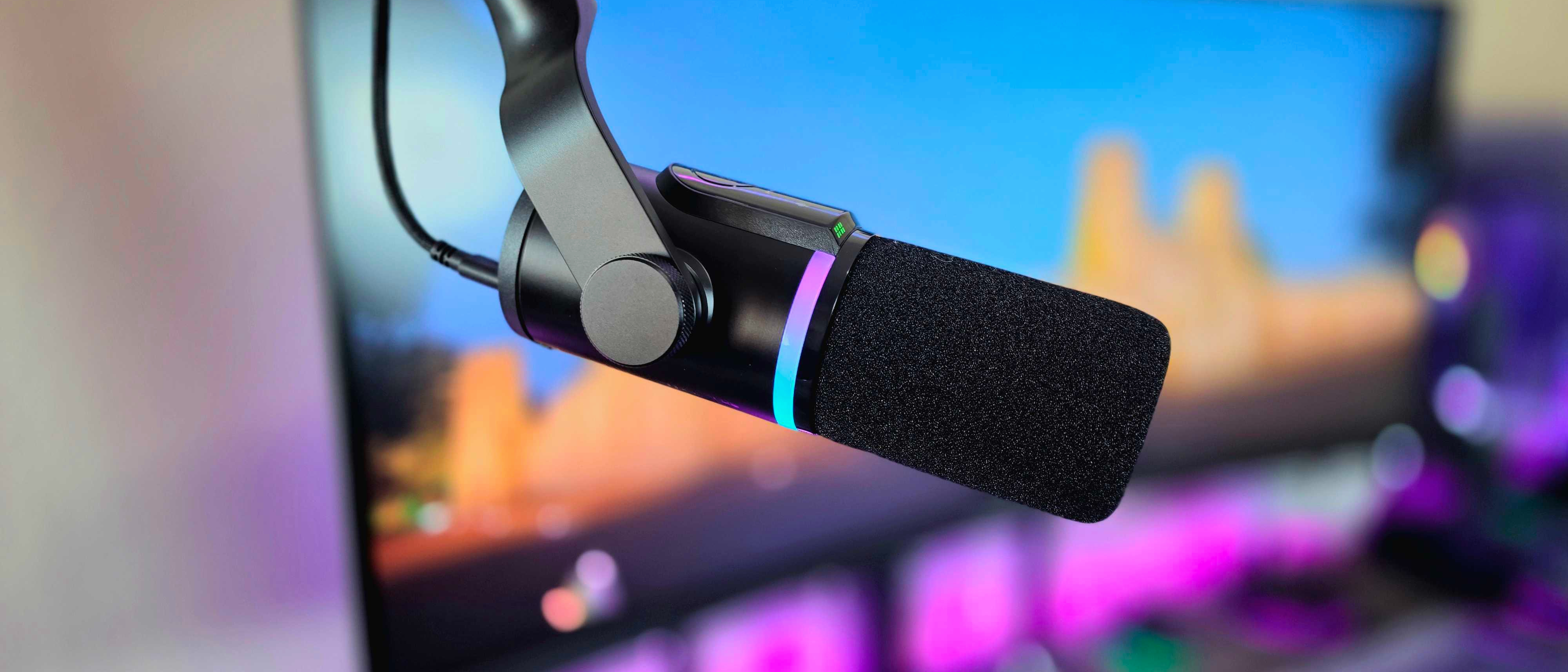Windows 'phone' isn't dead, Part IV: A future of partnerships and a possible Surface Phone
A threefold cord is not quickly broken. This age-old metaphor conveys the inherent strength found in working together.
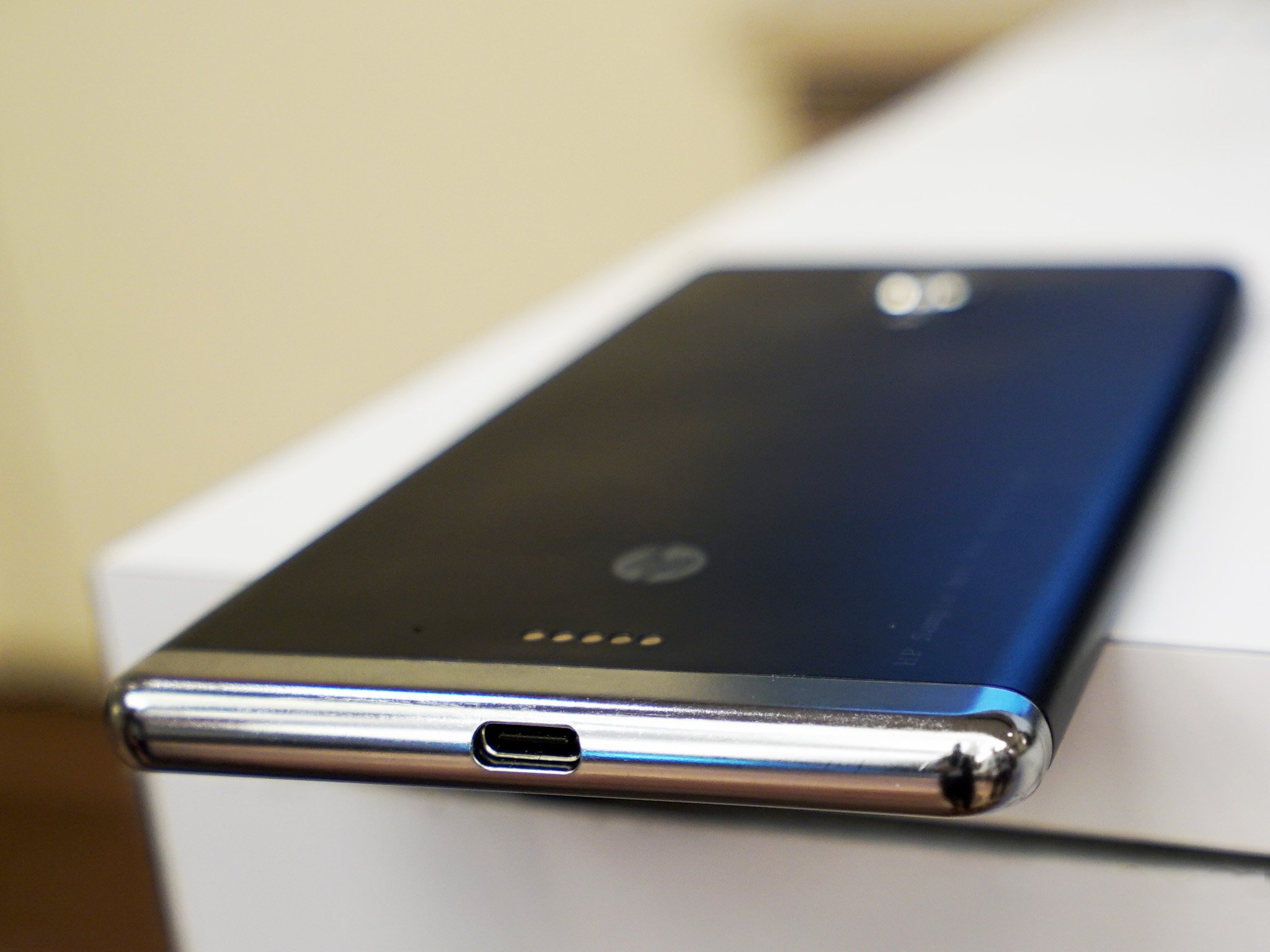
Forty years ago Microsoft founders Bill Gates and Paul Allen had the dream of putting a PC in every home and on every desk. Forty years and a 1.5-billion PC install base later Microsoft dominates the PC space with over 90% market share. It would have been impossible for Redmond to attain this level of success alone. They needed partners. And just as partnerships were key to Microsoft's success in the PC space, they are equally as important for them in the smartphone space.
Looking Back
When Microsoft entered the smartphone space anew with Windows Phone 7 in 2010 they did so with the support of long-time partner HTC, industry behemoth Samsung and mobile contender LG. In February of 2011 Microsoft entered into an alliance with Nokia, a former formidable force in the industry, which positioned Microsoft's struggling OS on Nokia's well-branded, albeit struggling, smartphone hardware. Nokia's Windows Phone's soon dominated the platform's representation in the industry with over 90% of all Windows Phones being Nokia Lumias.

Like a clown fish and a coral reef, the Microsoft-and-Nokia relationship eventually evolved into a symbiosis where Microsoft's mobile OS could not viably exist in the market without Nokia's hardware. With Microsoft's controversial purchase of Nokia's smartphone division in 2013, Lumia's dominance of Windows Phone was all but solidified and seemingly unintentionally signaled to an industry of partners and potential partners, "there's no room for you."
In July 2014 Microsoft's CEO Satya Nadella signaled the impending Nokia write-down (taking a delayed loss on a project or acquisition which has turned out to be less valuable than initially thought). This write-down repositioned the company in line with Nadella's vision where Microsoft's smartphone strategy would operate temporarily from a retrenched position. By exiting the general consumer space with a planned return two years later while targeting fans, enterprise and value consumers, Microsoft's focus is now turned toward nurturing the ecosystem that supports its mobile platform.
Microsoft is determined to have a strong mobile presence and realizes that it's impossible to attain success on its own.
In addition to refining the mobile OS and developing the tools to bring more apps to Windows, Microsoft's efforts during this state of gestation have "course corrected" the firm's departure from what made the firm successful in the PC space: partnerships.
Though Satya Nadella was clear that if no one else made Windows Phones, then Microsoft would, this assertion from the firm's leadership was more an expression of the "phones" importance to the Universal Windows Platform rather than an acknowledgment that Microsoft was keen on tackling the industry alone. Microsoft is determined to have a strong mobile presence and realizes that it's impossible for them to attain any meaningful level of success on its own. They need partners.
In this piece, I dive into Microsoft's strategy of passing the "Windows phone baton" to OEM partners to position them as the leading representatives of Microsoft's mobile platform. The information I share was gleaned from sources from Microsoft's Windows and OEM divisions. This content provides a fuller view of how Microsoft and OEM partners are positioning the firm's mobile strategy along a path that sees partners taking a more prominent place in heralding Microsoft's mobile OS throughout the industry.
All the latest news, reviews, and guides for Windows and Xbox diehards.
BETTER TOGETHER
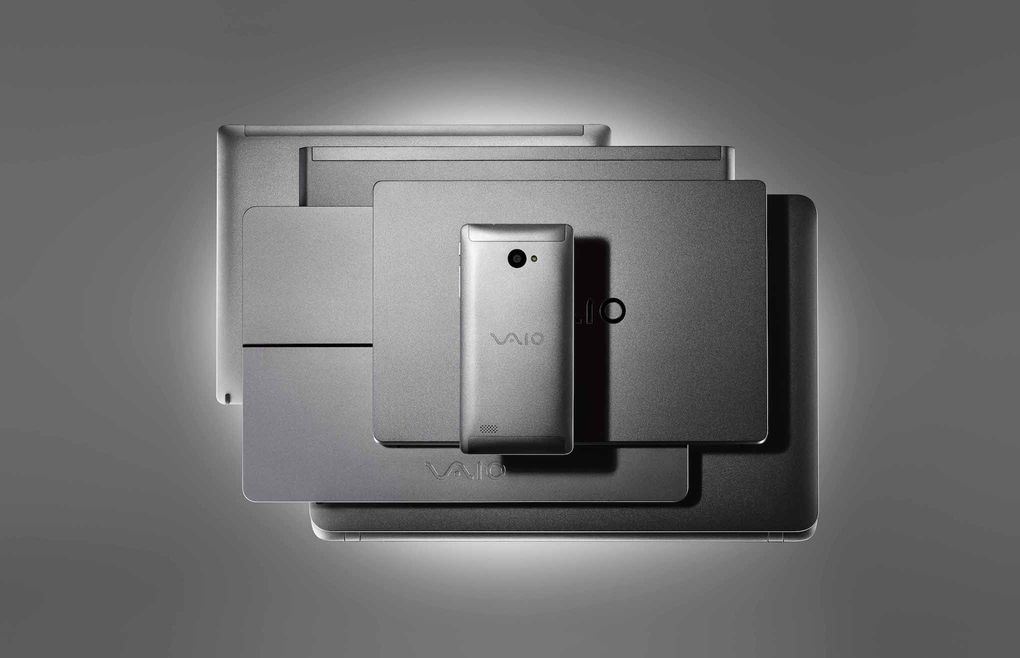
Microsoft is currently retrenched from the general smartphone market, but that is not an indication that Windows phone is dead. As Nadella made clear in a July 2015 memo to employees, Microsoft is committed to phone. The firm's focus has simply shifted from conquering device categories to "the mobility of the human experience and how Windows can manifest in the right ways."
As Microsoft works on building the ecosystem that ensures its ability to facilitate managing a user's digital experiences; they are also fortifying relationships that are bringing more Windows phones into the ecosystem. HP, VAIO , Alcatel , and Trinity have all recently announced new Windows 10 Mobile devices.
These phones represent affordable, mid- as well as high-end Windows 10 devices which demonstrate the Continuum-enabled power and versatility of Windows 10 Mobile. These devices are, of course, joining Microsoft's first-party Lumias as representatives of the Windows Mobile platform. Microsoft's commitment to move the platform forward through deep collaboration with partners is evident:
Moving forward, our focus, together with our partners, will be on delivering the most productive Windows-based smartphones on the planet, and truly unique and differentiated experiences for Windows fans and business customers.
Keeping "phone" alive
Microsoft's growing list of partners sends a clear signal regarding the vitality of Windows Mobile. One source said it this way: "Windows phones are very much alive fueled by innovation we see in Windows 10."
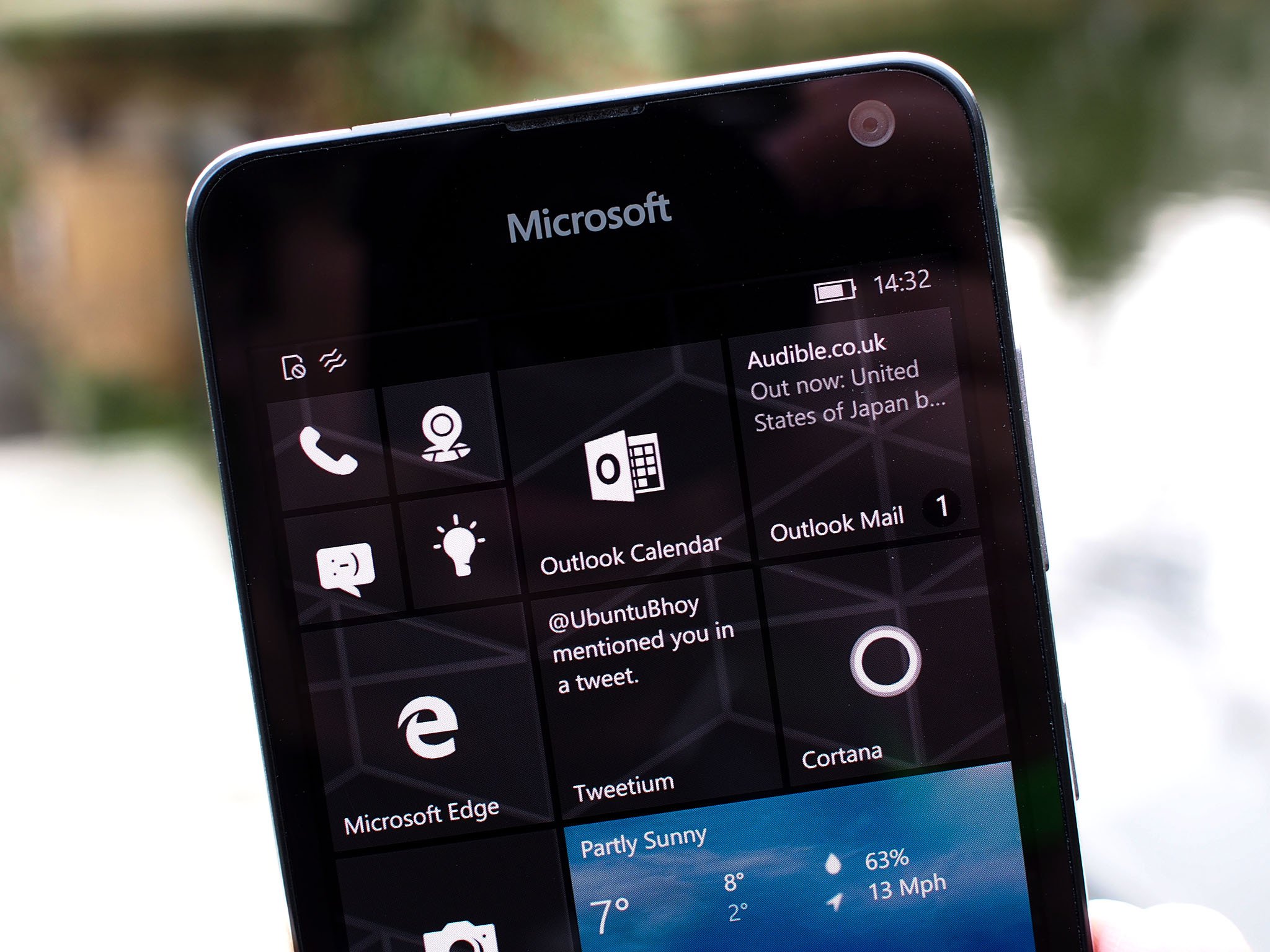
Still, Redmond has the challenge of keeping Windows phone "alive in the minds" of the industry, particularly during this retrenched period while the ecosystem is in a "nurturing and growth" stage.
Windows phones are very much alive fueled by innovation we see in Windows 10.
As we approach the debut of an anticipated Surface Phone approximately eight months from now, Microsoft would not have us forget that the last four months has brought us four first-party devices and innovative experiences like Continuum and Windows Hello. The Lumias 550, 650, 950 and 950XL Windows 10 phones are touted by the company as "the most productive on the planet."
Through these devices, the innovative experiences they bring and the 200 million Windows 10 (and growing) devices in use today, Microsoft hopes to keep fans, and the industry engaged until (and beyond) the debut of their next high-end flagship.
Of course, the anticipated Surface Phone is expected to bring "Surface-flavored" hardware innovation and hardware and software synergy that will excite the industry. Coupled with anticipated software announcements from BUILD regarding the app bridges, Microsoft's plans for the Xamarin purchase and the next Redstone update, the Surface Phone's hardware chops will hopefully be positioned to reap the benefits of coming ecosystem and software enhancements. If this anticipated device follows the path that was blazed before it by the Surface and the Surface Book, it could be a first generation device that changes our concept of a "phone."
If so, it will be well positioned as a representative of the Universal Windows Platform which has seen over 200 million installs, making it the fastest growing Windows ever. As I shared in the previous piece, Microsoft's CEO Satya Nadella made the Windows 10 upgrade free to benefit the firm's mobile business.
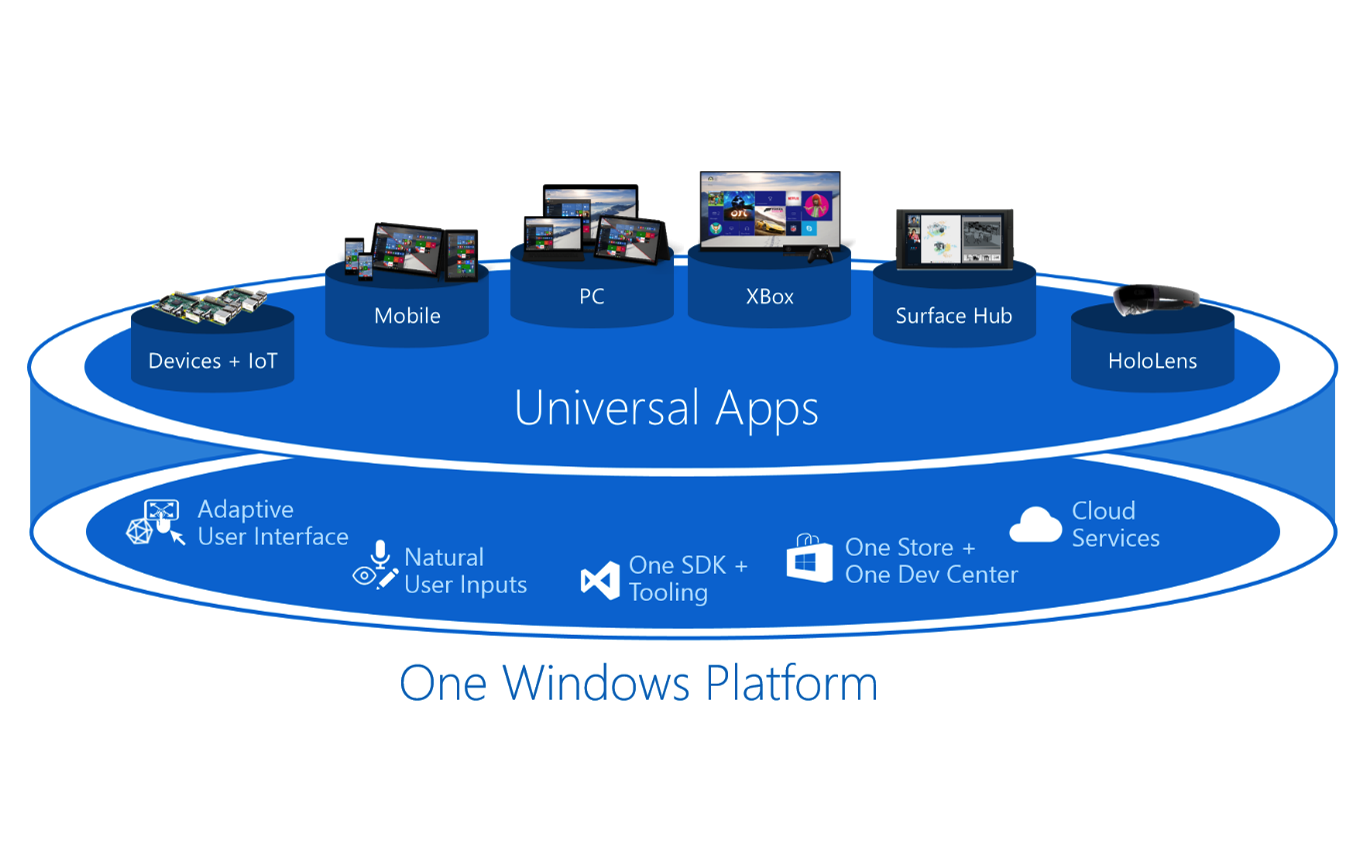
As a growing pool of users experiences the seamless mobility of experiences across Windows devices, Microsoft is hoping that as a user contemplates their next smartphone, they will seek out the consistency a Windows phone will offer. Of course, Microsoft is also hoping their strategy will entice developers who see the benefits of building for an install base approaching 1 billion users. One source was keen to share that "Windows universal apps can even be made into holograms."
Of course, if a developer comes to Windows for HoloLens, the path ultimately leads to phone. That said, there are systemic barriers to Windows phone adoption:
- A consumer's personal and social investment in competitor devices (iPhone & Android)
- Sales associates at carrier stores steering consumers away from Windows phone.
- Negative press (and the "Windows phone is dead" meme)
We've been assured that Microsoft is confident that as people are using and loving Windows 10, the consistency that the platform allows across devices, including phone will appeal to consumers. It is my impression that Redmond is very committed to phone, one spokesperson indicated that "Phone is key to bringing Windows 10 to more people."
All Aboard
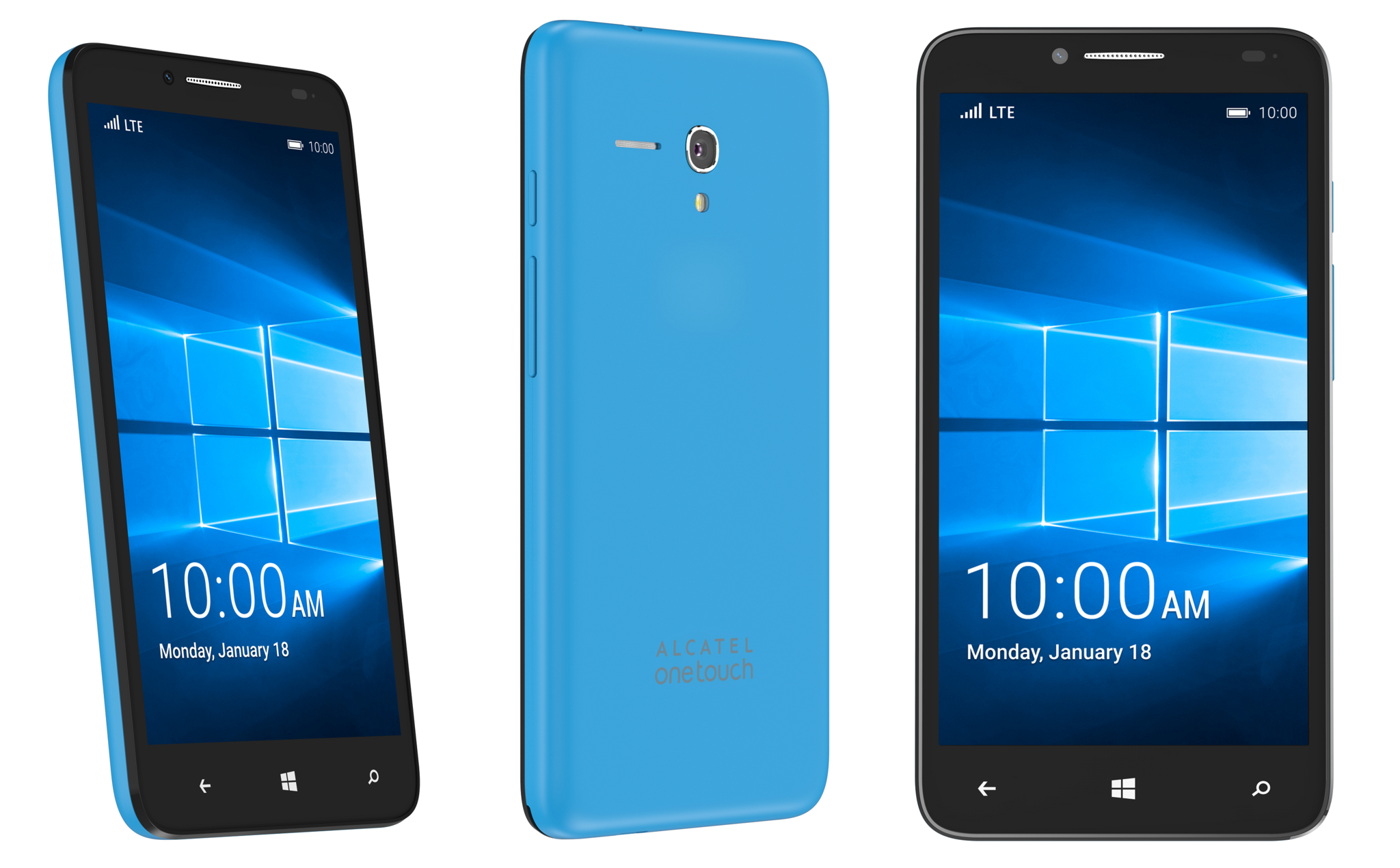
As partnerships with PC manufacturers were critical to Microsoft's establishing of itself in the PC space, the company acknowledges that partnering with the Windows devices ecosystem is an essential component of the firm's mobile strategy. The company's goal is to deliver the "most productive Windows-based smartphones on the planet."
To do this, their approach to working with partners is customer-focused. Microsoft realizes that the entire Windows ecosystem thrives when customers love the product:
We're changing the way we build and deliver Windows in order to better meet the needs of our customers and partners, and we think the result will be high-value experiences that delight customers.
Through Windows 10 innovations like Continuum for Phones and Windows Hello, features such as Cortana, the consistency of experiences across devices and more Microsoft is working with partners to deliver a more personal computing and captivating device experience.
OEMs will build devices that meet the needs of their customers — be they enterprise or general consumers.
As a company that prides itself on providing the tools for others to get things done, Microsoft provides the support and the platform to help partners serve their customers. As such, OEMs will build devices that meet the needs of their customers. Whether those customers are the enterprise targeted by HP with the Elite X3 or consumers targeted by Alcatel with the affordable Fierce XL.
Moreover, Microsoft's goal is to continue building their own phones for fans, value consumers and the enterprise while they help OEMs populate the broader market. The firm "is excited to drive innovation forward on Windows and that includes Windows 10 Mobile". One spokesperson expressed Microsoft's commitment this way:
We'll continue building our own phones, and work with OEMS to build out the overall Windows Phone portfolio with more price points and geos.
The company also added that it sees each of these categories as very important and that it is working with manufacturers to ensure that there will be a range of choices of Windows mobile devices that fit into each of these categories. Microsoft's goal is to ensure customers have a wide range of choices to find the Windows device that best fits their individual needs. And OEMs are making decisions on the types of devices they want to produce to best fit their respective business needs.
Down the road
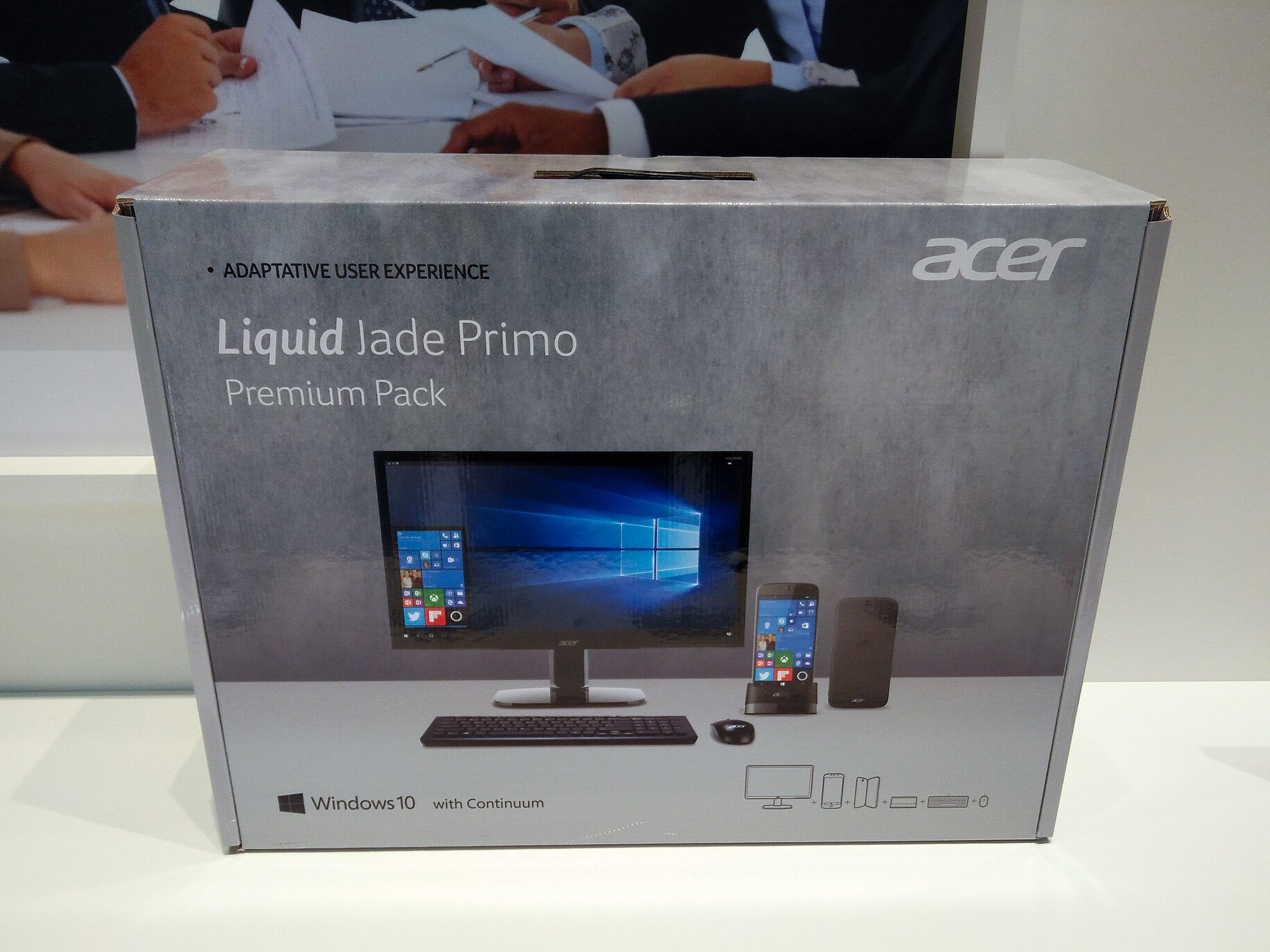
We've seen Acer, VAIO and others commit to partnering with Microsoft to bring Windows phones to market. Many have pondered if industry powerhouse Samsung might join the growing number of Windows phone OEMs. Naturally we anticipate that more OEMs will continue to adopt Windows phone, and sources tell me that Microsoft is looking for more new phones from partners around the globe. It will be interesting to see if the likes of Samsung is among that number.
If so, as a marketing powerhouse it will be interesting to see how aggressive the firm will promote its Windows device(s). Particularly since sources relayed to me that because Microsoft's marketing of Windows benefits all devices in the Windows ecosystem OEMs don't get additional support from Redmond to promote their devices.
In the face of negative press and social media buzz that is declaring, "Windows phone is dead", bringing Windows phone into a positive light will be an uphill battle. Consequently, aggressive marketing from Microsoft and its partners could go a long way in changing the perception of the platform. In response to the company's view of this precarious position, Microsoft directs our attention to the undeniable strength of the momentum from OEM partners in support of Windows Mobile.
A platform with dedicated users, consistent development and invested partners is not dead. Microsoft and a growing list of partners seem to agree.
Where does Surface Phone fit in?
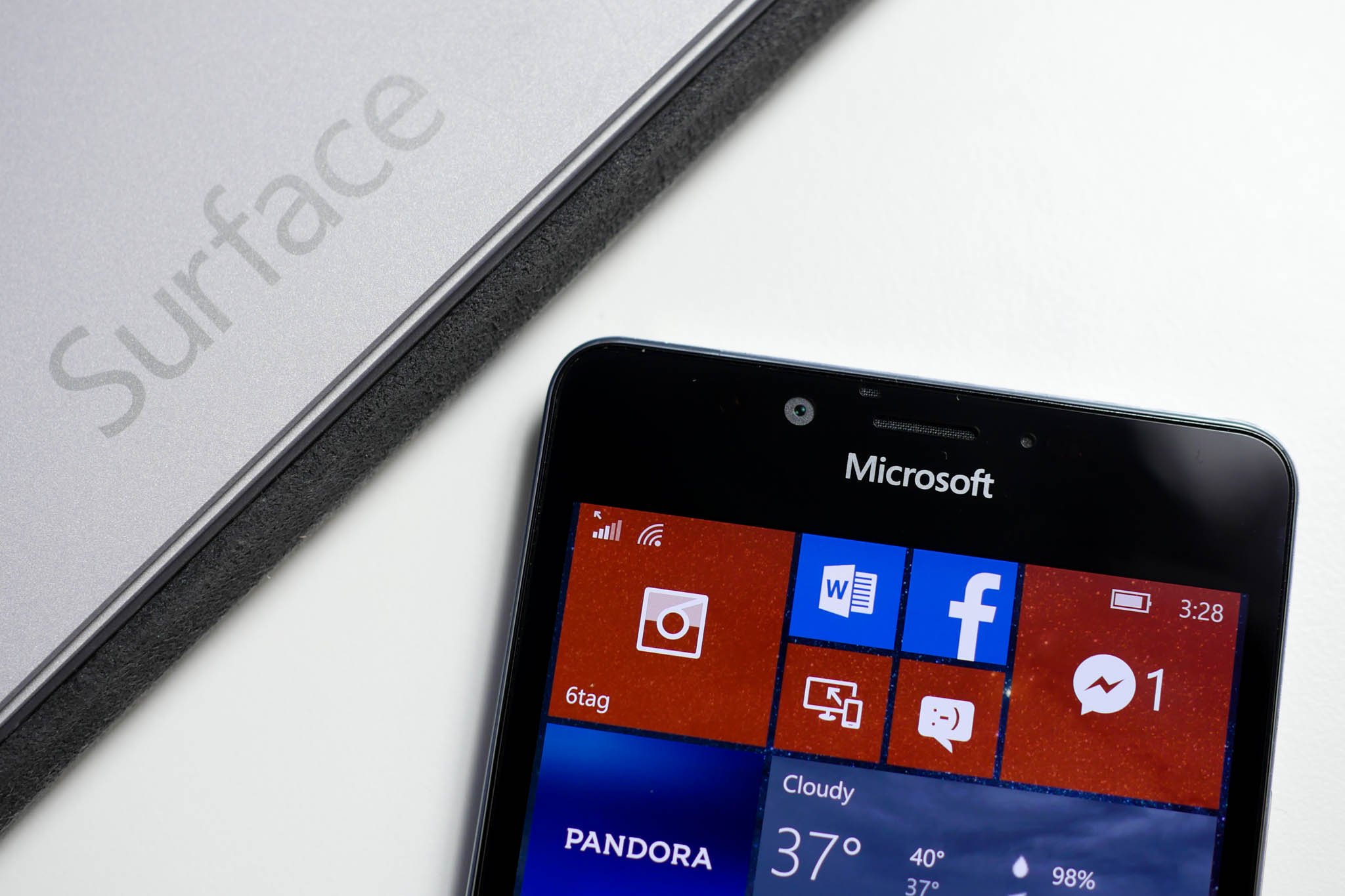
First-party devices are integral to Microsoft's strategy for demonstrating optimal hardware and software synergy between devices and Windows 10. High-end devices like the Lumia 950/XL and to a greater degree the anticipated Surface Phone, represent the epitome of what we envision as a flagship aspirational device.
I envision that the anticipated "Surface Phone" will not only share the aesthetics of the current Surface devices but also the "theme" of those devices as well. I believe it will exist in two categories as is the standard for devices in the Surface family. The Surface is a tablet and a laptop. The Surface Book is a laptop and a digital clipboard. The "Surface Phone" will be a Continuum enabled phone that I imagine will dance the line of a mini-tablet with a focus as a digital notepad with an included pen and possibly an attachable keyboard of sorts.
Whatever its design, Microsoft is clearly focused on creating categories. Microsoft is just as tight-lipped about the "Surface Phone" as they were about HoloLens and the Surface Book. And that's ok.
At any rate, this category-defining device will likely debut at the end of this year, so that by early to mid-2017 we will likely see OEM partners embracing this new category and emulating it as they have with 2-in-1's. Microsoft is nurturing relationships with OEM partners now in preparation for these events:
We believe our approach to hardware development is complementary to our partners. We focus on investing in hardware experiences that can reinvent categories - and then we work with our partners to bring technology to the world. Surface is a great example of the creation of a category, which has created great opportunities for our partners as well.
Analysis
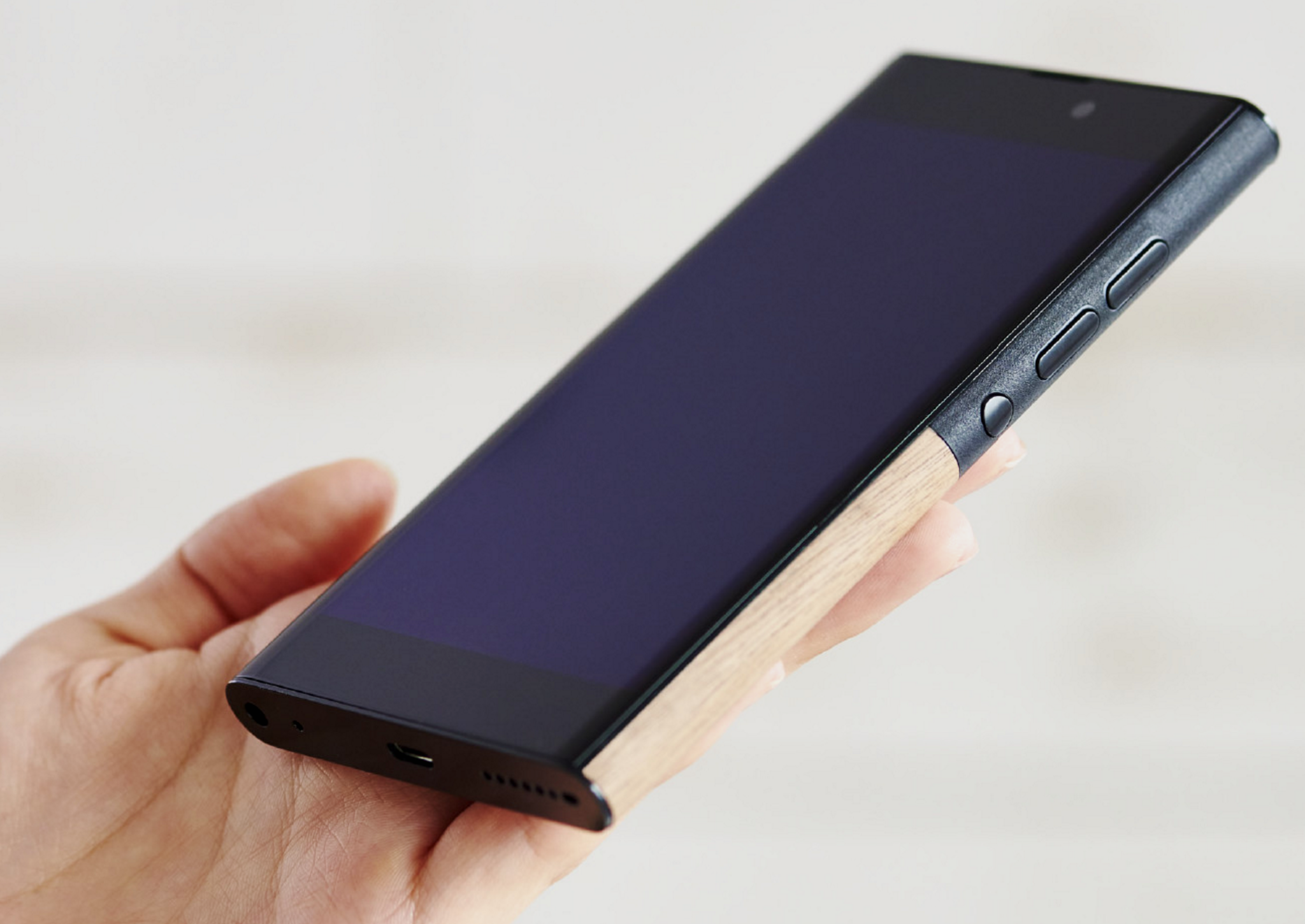
Clearly Microsoft's mobile "phone" strategy is on a path that emulates its decades-long strategy that brought it success in the PC arena. Of course, in an industry where dozens of OEMs have embraced Android and have made it the most-used operating system in the world, Microsoft's growing OEM partnerships strategy doesn't exist in the "vacuum" its PC endeavors matured within.
That said, few Android manufactures enjoy the reach and market presence entities such as Samsung enjoy in this highly competitive smartphone space. Considering that profits even for large Android manufactures are relatively low a growing number of OEMs may see the wisdom in diversifying their product portfolios by adding a Windows based product line.
OEM partners will play a critical role in propelling the platform into the mainstream.
It is clear that Microsoft is pressing forward with its Windows phone strategy with both its first-party offerings and with manufacturers who see the value of Windows as part of their corporate vision. Moreover, as OEMs position Windows phones within their corporate strategies, they will be incentivized to promote these devices as part of their strategic agenda. As such OEM partners will play a critical role in propelling the platform into the mainstream. For enthusiasts who contend that that the platform is not progressing in the absence of a high-end first-party device such as the anticipated Surface Phone this is an important point to remember.
Consider this: When we state that Microsoft has 90% of the PC space we are stating that that space is dominated by Microsoft's personal computing platform not it's first-party hardware. In the same manner it is Microsoft's strategy that OEMs will become the dominant representatives of the Windows Mobile platform as Microsoft simply sets the standard of optimal software and hardware synergy via first-party hardware. As such we must change our perspective from the "Lumia dominant" view that Microsoft's first-party hardware equals Windows phone as the paradigm shifts to a more OEM dominated reality.
We must change our perspective from the "Lumia dominant" view that Microsoft's first-party hardware equals Windows phone.
On this note it will be interesting to see if former allies such as HTC and Samsung will eventually fully embrace Windows phone. Though HTC's brand power has waned in recent years, it is still a formidable ally. Moreover, Samsung is obviously not averse to participating in Microsoft's ecosystem, having just released the Galaxy Tab Pro S and their long-running series of PC laptops. Given Samsung's corporate and consumer influence, a family of enterprise or consumer-focused Windows 10 devices such as a phone, 2-in-1 and accessories is something I'm certain fans would love to see. It is certainly the type of partnership that would help further validate Microsoft's mobile efforts in the eyes of the industry.
In the absence of these powerful global brands, we can rest assured that the smaller partners who have embraced the platform do bring value to the ecosystem. Though they may not have the global influence we enthusiasts would love to see, their local influence in their respective regions is sure to have a meaningful impact on the platform.
One final point. In relation to my question about Microsoft's marketing support of third-party Windows phones. Microsoft's response to my question surmised that any marketing of Windows affects all Windows device. This, of course, is true. However, I'm sure that many fans would agree that once Microsoft reenters the consumer space with the consumer facing first-party flagship "phone" we hope to see it will be accompanied by device-specific ads akin to the TV spots Microsoft uses to promote the Surface or Surface Book.
Until then I think we can, at least, find solace in the marketing of OEM specific Windows phones that is sure to arise as the space becomes increasingly competitive as more OEMs embrace the platform. Hmmmm. Manufacturers promoting their Windows phone against another manufacturers Windows phone? Now that's a good problem to have.
A big thanks to Microsoft for taking the time to answer my questions!

Jason L Ward is a Former Columnist at Windows Central. He provided a unique big picture analysis of the complex world of Microsoft. Jason takes the small clues and gives you an insightful big picture perspective through storytelling that you won't find *anywhere* else. Seriously, this dude thinks outside the box. Follow him on Twitter at @JLTechWord. He's doing the "write" thing!
